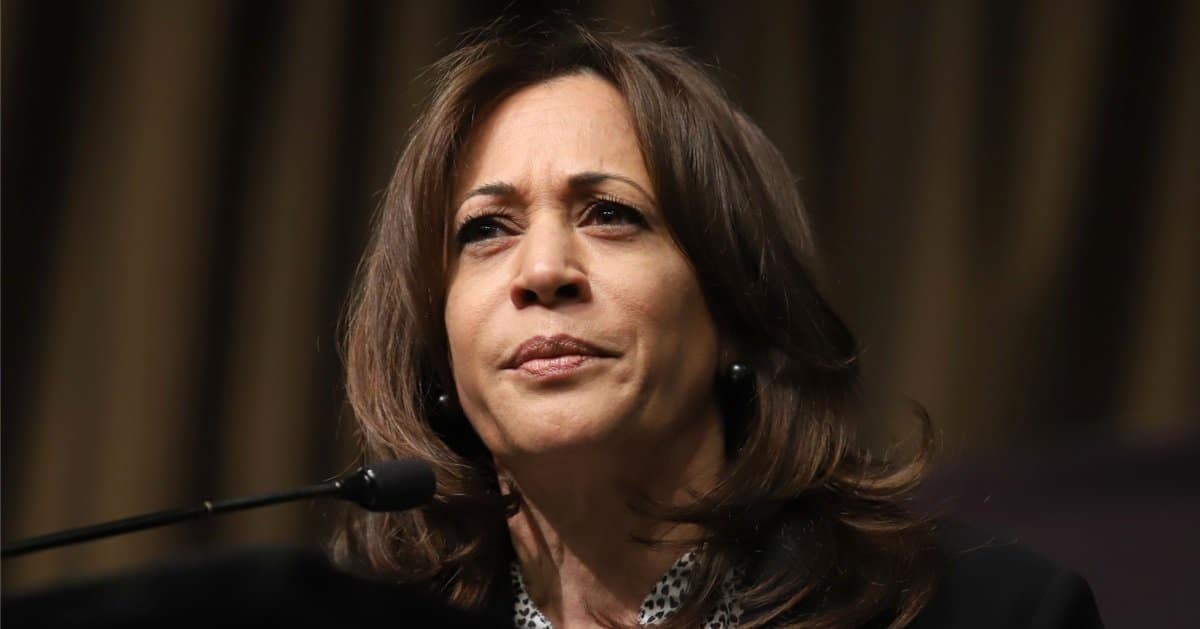




Saturday’s cryptocurrency nosedive was a gut punch that obliterated billions in market value overnight.
Fox Business reported that the crypto world took a brutal hit with one of the most severe single-day drops in recent memory, sparked by the U.S. government’s sudden tariff slap on Chinese tech imports, which sent investors into a tailspin.
These tariffs, announced without much warning, shook the confidence of even the most steely-eyed traders. Markets that operate 24/7, like crypto, felt the sting far worse than traditional stocks, amplifying the chaos. It’s no surprise that panic set in fast.
Bitcoin, the heavyweight of the digital currency ring, plummeted below $110,000 in a matter of hours. Ethereum and other big players weren’t spared either, shedding over 20% of their value quicker than you can say “blockchain.”
The root of this mess? Leverage—traders borrowing heavily to amplify their bets on rising prices, only to get caught with their pants down when the market flipped. This isn’t just risky; it’s a recipe for disaster when the tide turns.
Those leveraged positions unraveled in a domino effect of forced liquidations, each sale triggering more sales in a vicious downward spiral. It’s the kind of chain reaction that turns a bad day into a catastrophic one for the unprepared.
As Joshua Duckett, director of investigations at a crypto forensic firm, noted, “This caused a spiral of cascading liquidations, essentially.” That’s a polite way of saying the market imploded on itself, and while Duckett’s analysis is spot on, it’s worth asking why so many still play with fire using borrowed funds.
Billions in value vanished as a result, with losses ranging from pocket change to life-altering sums. It’s a stark reminder that while digital currencies promise freedom from traditional finance, they come with traps just as brutal.
Duckett also pointed out, “The crypto market reacted in a more extreme way than the stock market because it’s 24/7.” He’s not wrong—stocks get a breather when the bell rings, but crypto traders face relentless exposure, and that nonstop grind clearly fueled the frenzy.
Unlike the stock market, where downturns can be absorbed over hours or days, crypto’s always-on nature means there’s no escape from bad news. The tariff announcement hit like a freight train, and there was no closing time to stop the bleeding.
Traders who thought they could outsmart the system with borrowed cash were left high and dry. It’s a lesson in humility—markets don’t care about your optimism when the fundamentals shift.
Yet, amid the wreckage, there’s a flicker of hope. Early indicators suggest the market might be finding its footing after the initial freefall, though it’s far from a full recovery.
While the past 24 hours saw multiple cryptocurrencies tank due to the tariff news and its ripple effects on traders, stabilization could be on the horizon. It’s a small comfort for those nursing heavy losses, but it’s something.
Conservative investors might look at this and shake their heads at the speculative nature of crypto, a space often hyped by progressive tech utopians as the future of money. Yet, let’s not forget the real pain felt by everyday folks who took a chance and got burned—empathy, not scorn, is the right response here.
Ultimately, this crash is a wake-up call about the dangers of over-leveraging and the volatility of unregulated markets. Washington’s tariff move may have been aimed at protecting American interests—a policy many of us support—but the collateral damage in crypto shows how interconnected global markets are. Perhaps it’s time for clearer rules, not just bold swings, to prevent such havoc down the line.



